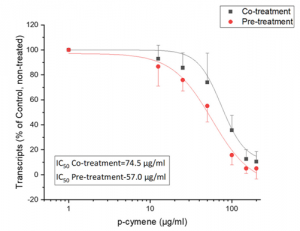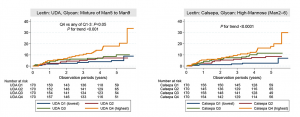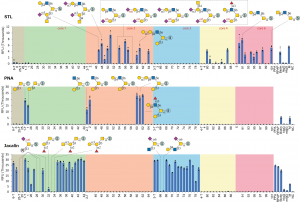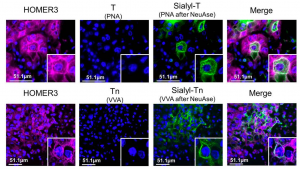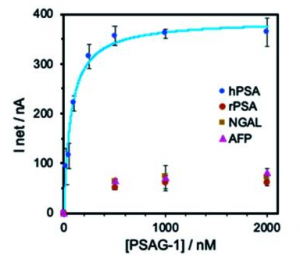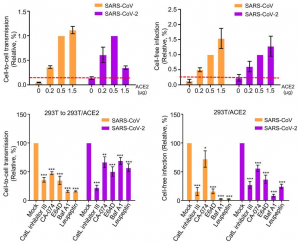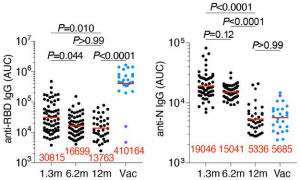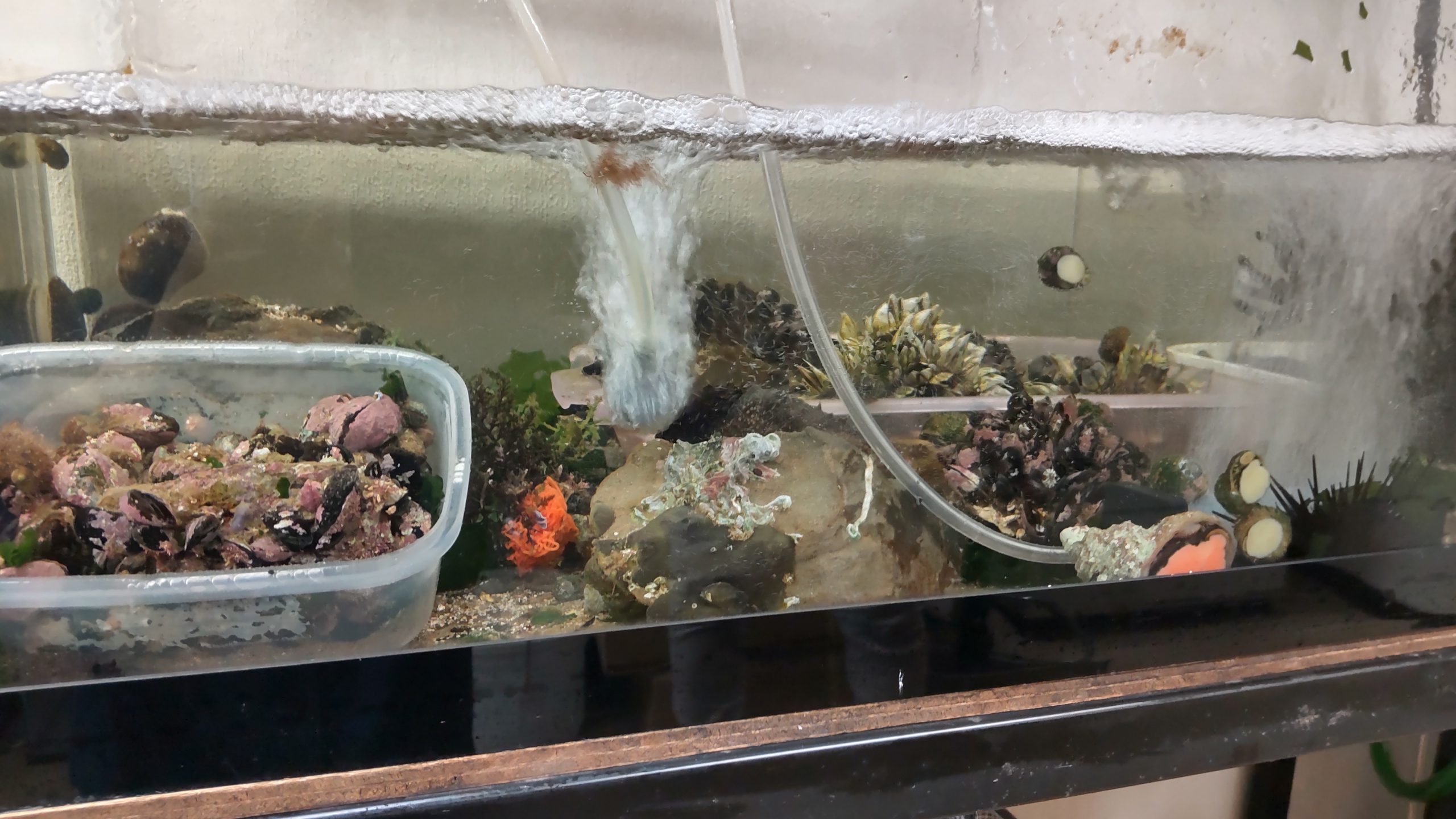Whether ABO blood group or secretor status was associated with COVID-19 severity
A group from Bristol Institute for Transfusion Sciences (BITS), NHSBT, UK, etc. has investigated whether ABO blood group or secretor status was associated with COVID-19 severity.
https://onlinelibrary.wiley.com/doi/10.1002/jha2.180
A number of studies carried out in several countries have supported an association between ABO type and SARS-CoV-2 susceptibility to infection and/or outcomes. The reasons for the association of severe COVID-19 with blood type A are unknown, but it has been suggested that this could be caused by O group patients having anti-A type antibodies, that A type glycans could function as co-receptors for SARS-CoV-2 or due to the known effects of blood groups on thrombosis risk due to von Willebrand factor (VWF) levels.
The result obtained here is that the association of blood group A with hospitalization was (RR = 1.24, CI 95% [1.05, 1.47], p = 0.0111), and blood group A with cardiovascular complications was greatly increased (RR = 2.56, CI 95% [1.43, 4.55], p = 0.0011), but group A non-secretors were significantly less likely to be hospitalized than secretors. Why the difference between group A and O was so large in COVID-19 related cardiovascular complications was considered to be due to VWF related origins.
As is known, in the presence of active FUT2 A, B, H, and Lewis b antigens can be expressed on mucosal surfaces. Individuals with this phenotype are known as secretors. In individuals lacking active FUT2, known as non-secretors, only the Lewis a antigen can be expressed.

